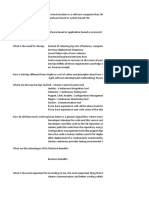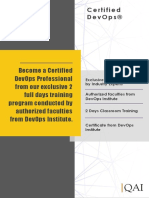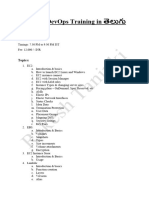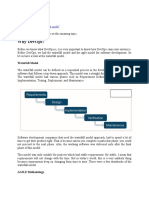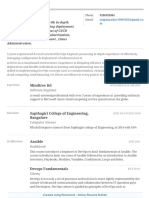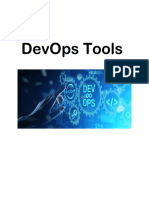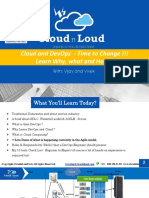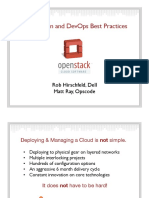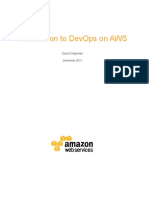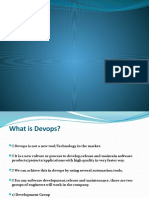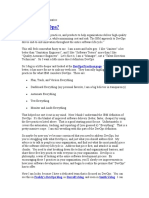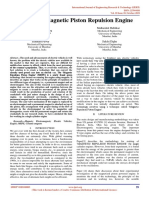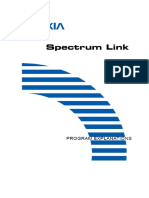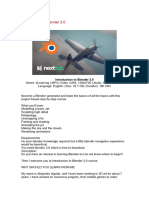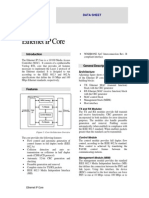0% found this document useful (0 votes)
288 views5 pagesDevOps Practitioner v2
saber que hacer para ser devops parctitioner
Uploaded by
letrapiCopyright
© © All Rights Reserved
We take content rights seriously. If you suspect this is your content, claim it here.
Available Formats
Download as PDF, TXT or read online on Scribd
0% found this document useful (0 votes)
288 views5 pagesDevOps Practitioner v2
saber que hacer para ser devops parctitioner
Uploaded by
letrapiCopyright
© © All Rights Reserved
We take content rights seriously. If you suspect this is your content, claim it here.
Available Formats
Download as PDF, TXT or read online on Scribd
/ 5
